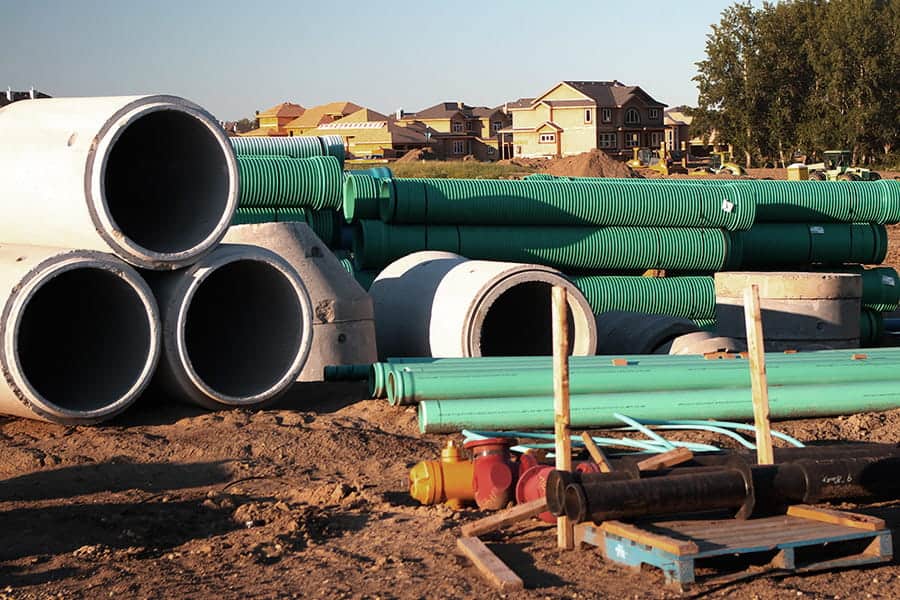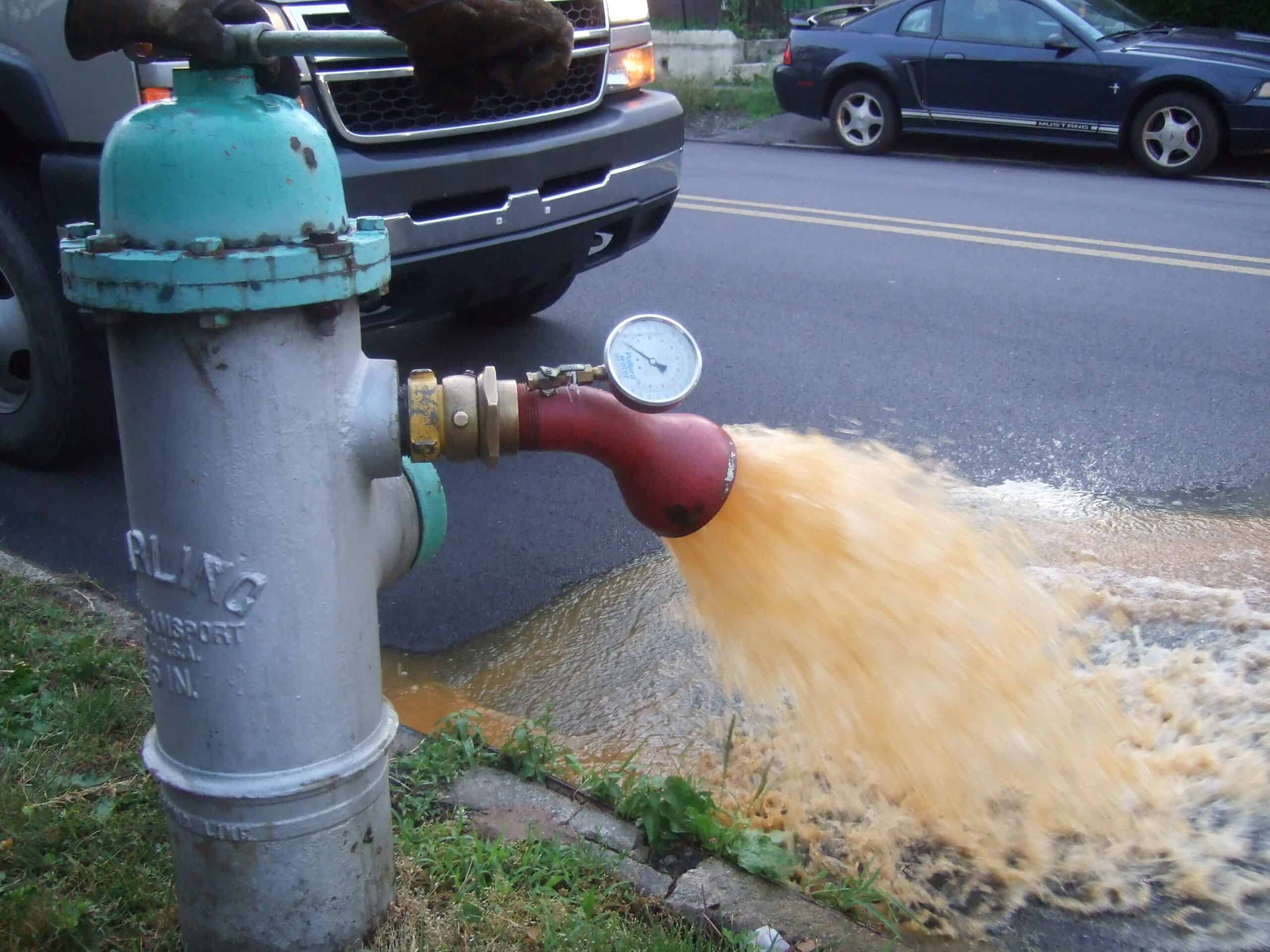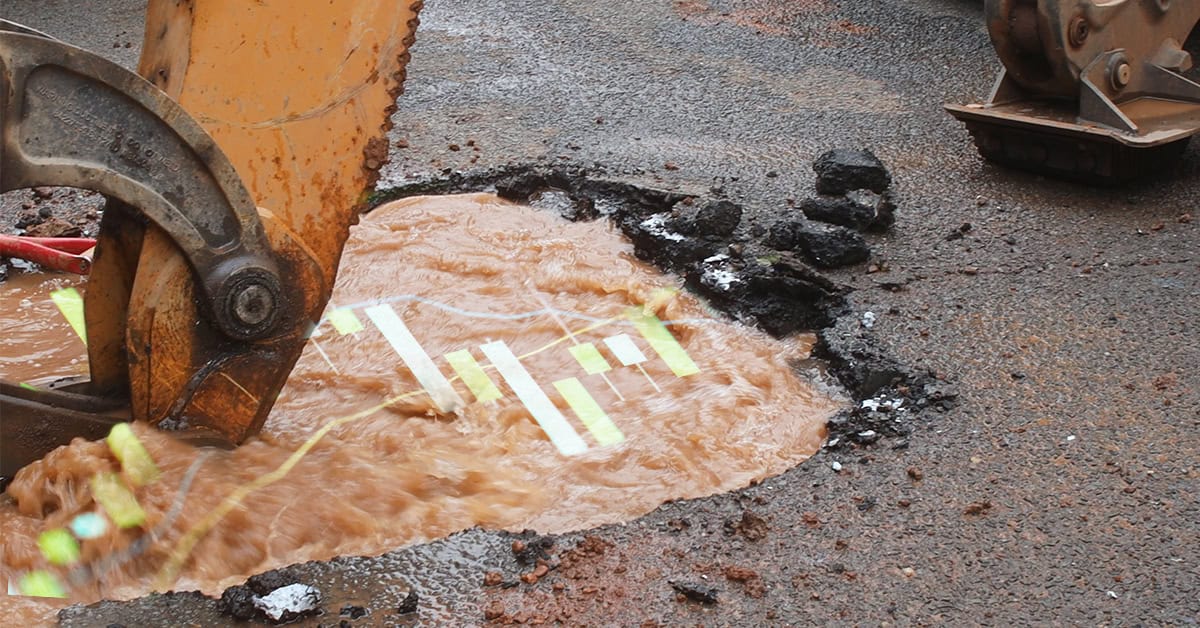One of the most fundamental decisions made in wastewater collection system design is choosing between a gravity or pressure sewer system. (Yes, there are other options such as septic tanks, vacuum systems, and onsite treatment, but once you decide on a central system of any significant size, gravity and pressure are usually the primary options.)
Gravity sewer systems are by far the most prevalent type of system because they just work. Water (and wastewater) flows downhill. As long as you have slope in the right direction, gravity systems run themselves. Yes, you may need to install a pump station and force main to move the flow over a divide or across an area that is too flat for gravity sewers. But most of the flow will be driven by our old friend gravity. In some cases, the system may be completely driven by gravity until flow reaches the treatment plant wet well. If gravity systems are so reliable and proven, why would anyone want to use a pressure sewer? The main reasons are a combination of topography, geology, and cost. Gravity sewers need to provide a continuous downhill slope. Water doesn’t flow uphill by itself. Because natural ground slopes are not constant, gravity sewers must frequently be laid very deep, which increases cost. Gravity sewers need to provide for the ability to be cleaned, which usually means that an 8-inch sewer is considered to be the smallest pipe recommended. On the other hand, pressure sewers can be smaller and buried shallower, which means it will cost less to install, especially in areas with shallow rock excavation required. In addition, because pressure sewers, by definition, are pressurized, there is less opportunity for infiltration and inflow into the sewers, although it is not zero. Building owners can connect drains into the sump to handle rainfall even though such connections are prohibited. Land developers tend to like pressure sewer systems because they cost less to install, and developers aren’t the ones who need to operate the system once it is up to speed. Why aren’t all new sewer pressure sewers? The energy used to move the flow isn’t provided by gravity, but in a pressure sewer, the building owner must provide that energy using a pump. The developer has succeeded in passing the energy cost to the building owner. Every building becomes a pump station in a pressure sewer (“grinder pump”) system. But that’s not the worst part. The pump, as with any other mechanical device, will eventually fail. These pumps are very reliable and can run for many years. But when they fail, it’s usually 10 pm on Christmas Eve or some other inconvenient time. Most building owners don’t keep a spare pump in hand, and most systems do not provide replacement pumps. Wastewater keeps building up as water keeps being used. This results in some messy flooding in the basement, front yard, or wherever the sump and pump are located. Power outages are another problem for pressure sewer systems. Building occupants can still run showers or flush toilets when there is no power to the pump. But the wastewater can’t get out of the sump except by overflowing. Many systems are a mix of gravity and pressure sewers. There may be a small number of customers on the wrong side of a divide. If the number is small, it may be worthwhile to install a pressure system for a few customers. As the number grows, it becomes more advantageous to collect the flows by gravity in a wet well and install a single pump station and force main to discharge over the divide. As with many complex engineering decisions, there are many situations where there is a clear need to use one type of system versus the other. But there are also a lot of cases where either type can work. What you can do as the engineer of the project is quickly perform a preliminary design with Bentley’s OpenFlows SewerGEMS or SewerCAD and use those designs as a basis for your decision-making.
Want to learn more from our resident water and wastewater expert? Join the Dr. Tom Walski Newsletter today!









